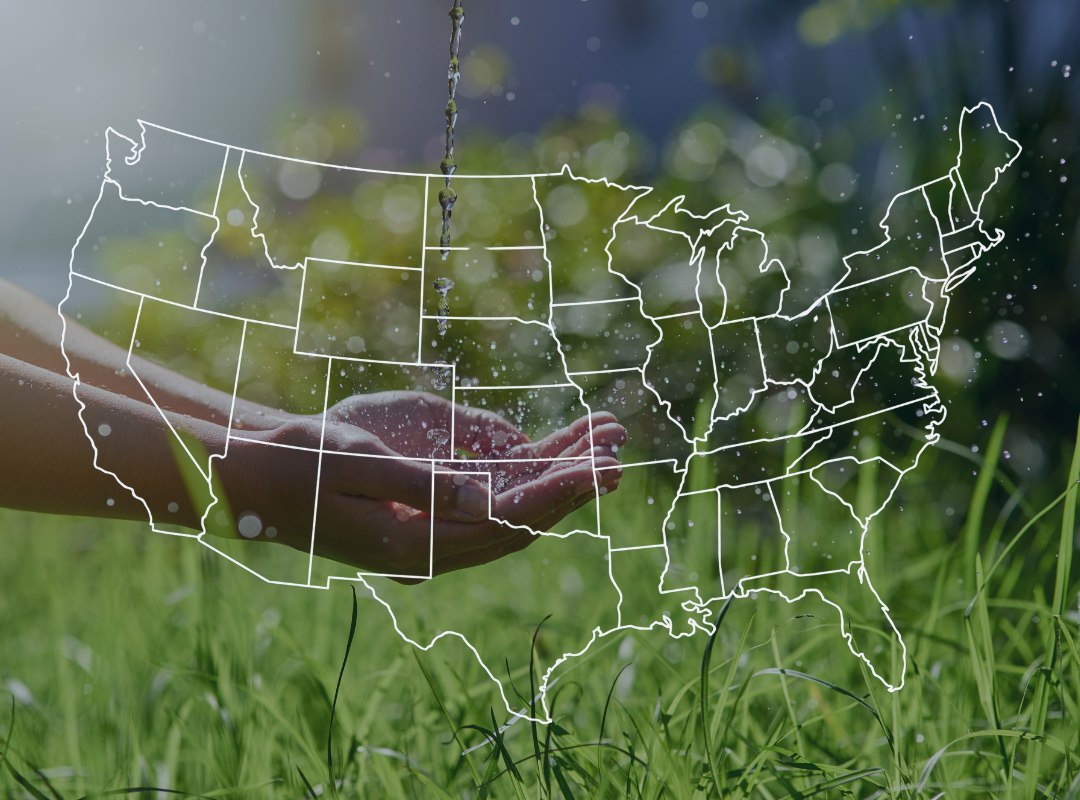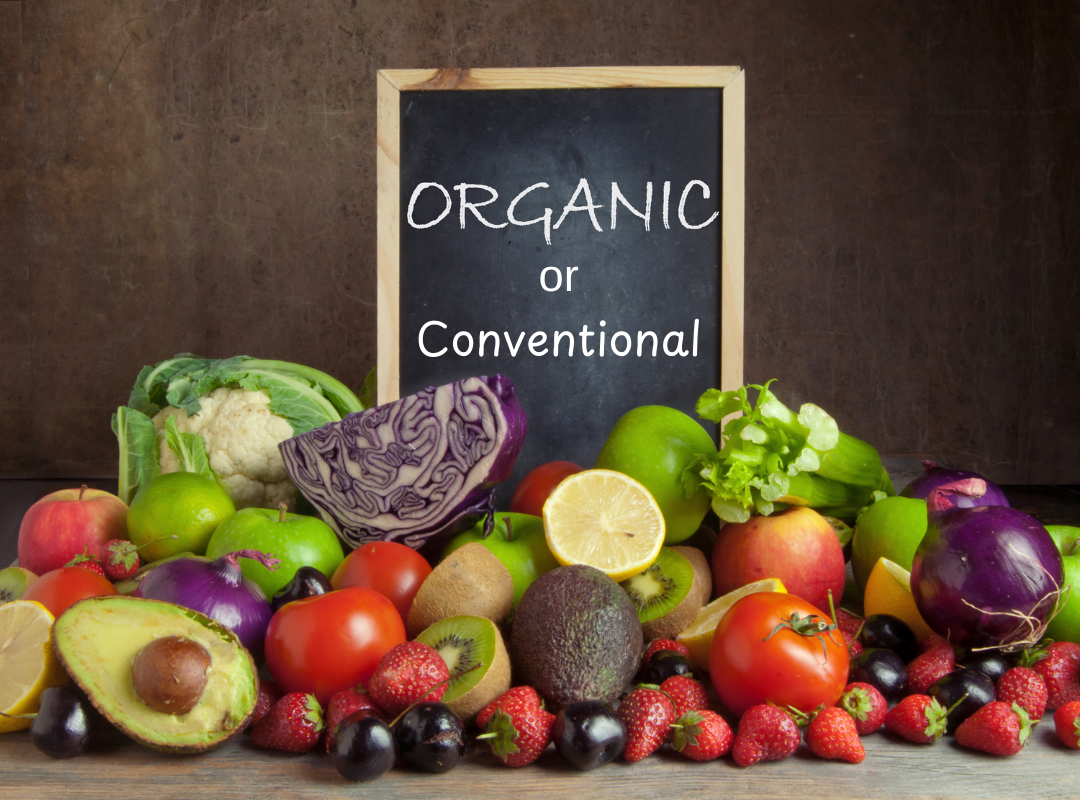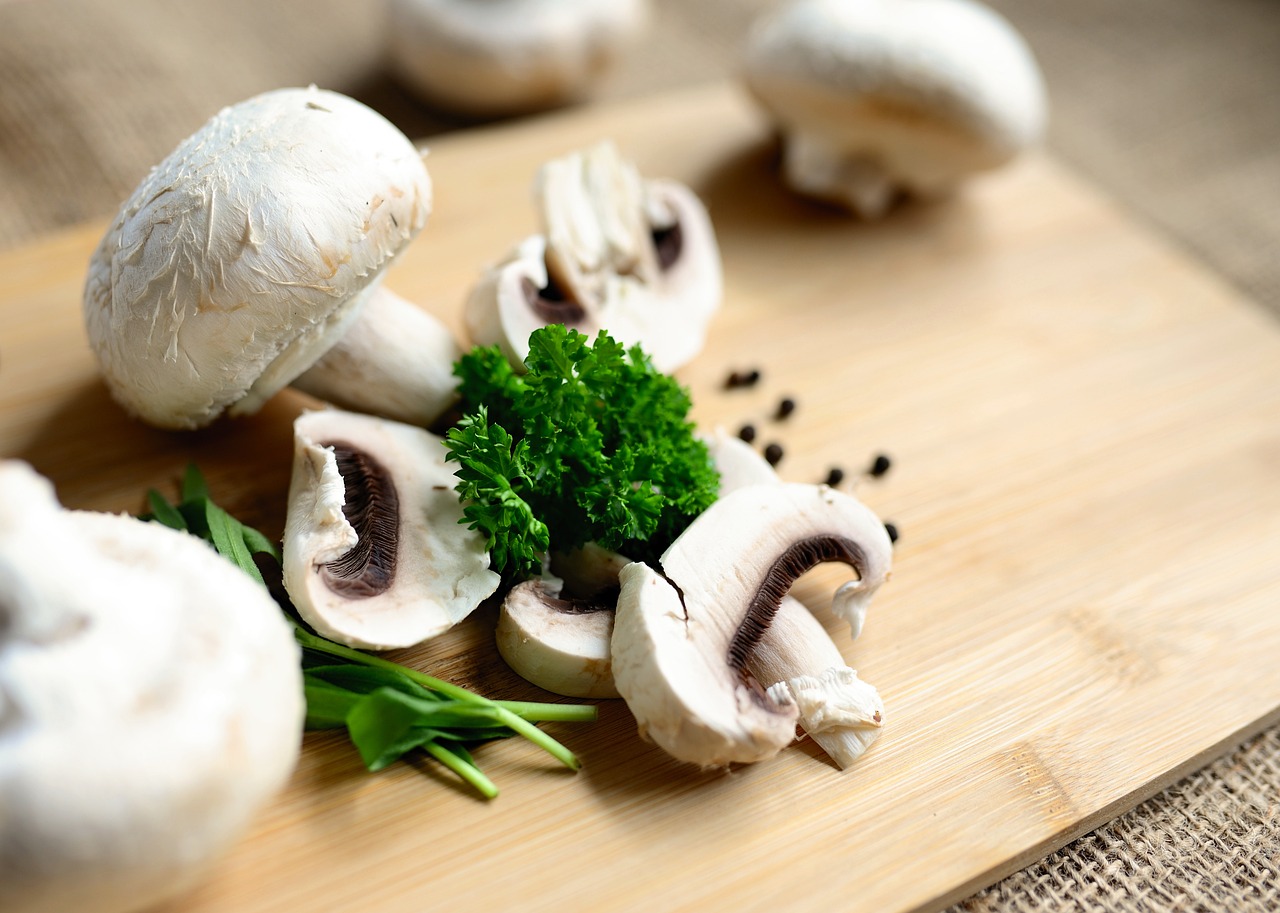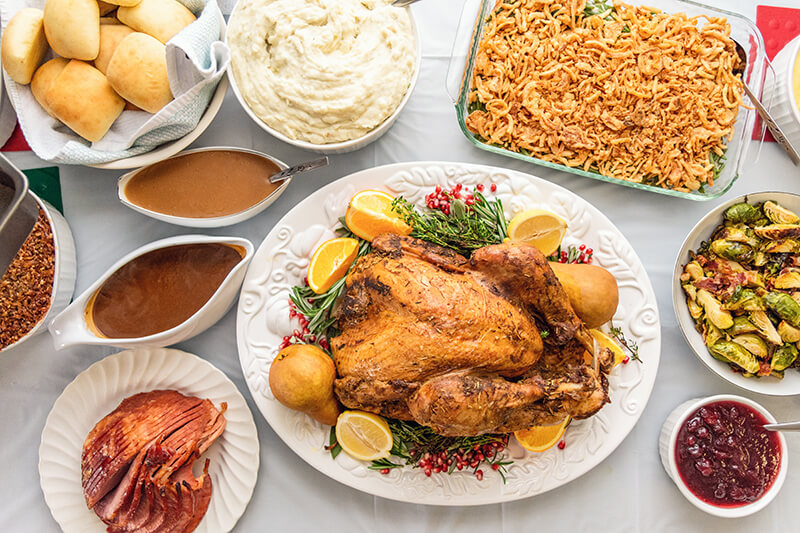
Photoperiod Phenomena (Grades 6-8)
Students will understand how photoperiodism impacts plants and animals in the environment and learn how egg farms use this science to manage the laying of eggs by their hens.

Students will understand how photoperiodism impacts plants and animals in the environment and learn how egg farms use this science to manage the laying of eggs by their hens.

Students will discover the connections between agriculture, natural resources, and the history of their state.
Students investigate geographic, economic, human, and cultural influences on food choices around the world and conduct research about the influences behind an international egg recipe.
Students explore how producers and consumers work together to meet human needs by using the book John Deere, That’s Who!
Students explore the science and economic importance of grafting walnut trees.
Students trace the production path of eggs, beginning on the farm and ending in their home and identify the culinary uses and nutritional benefits of eggs.

Using the claim, evidence and reasoning model, students will compare and contrast organic vs conventionally produced foods to discover the differences and similarities of each farm production style.

Learn about edible mushroom cultivation and how one mushroom multiplies into many more! Create a spore print, and explore ecology concepts by experimenting with mold and yeast growth and researching species of fungi.
Students discover that farm animals produce different types of products. Grades PreK-
Students discover that there are many different types of farms. Grades PreK-
Students investgate different food crops and how they grow. Grades PreK-

Identify common Thanksgiving foods and their farm source, determine if those foods can be produced locally, and locate the common origins of their Thanksgiving day dinner.